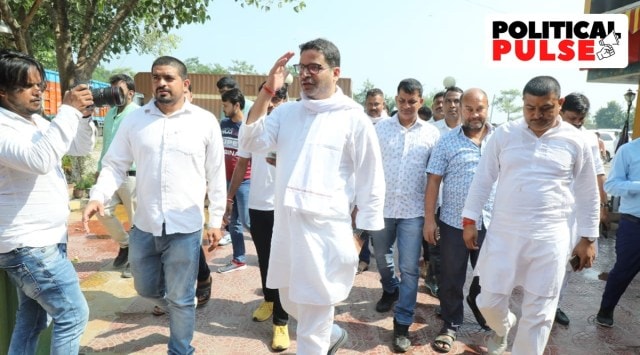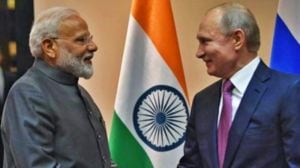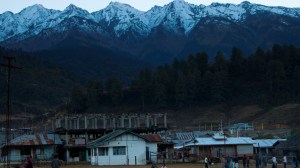In the annals of Indian political history, Champaran holds a special place as this was where one of the most decisive moments of the freedom struggle unfolded.
During the course of the Champaran Satyagraha in 1917, farmers became a part of the Indian National Congress’s discourse and the party transformed from an urban-centric outfit into one with the possibility of giving voice to Indians from all walks of life. Champaran was also the place where Mohandas Karamchand Gandhi became Mahatma after Rabindranath Tagore gave him the title for his leadership of peasants who protested against the repression of indigo planters. It was the first satyagraha Gandhi led in India.

Since then, Champaran has been every Bihar politician’s obvious choice to start any political campaign or yatra. Right from first Bihar Chief Minister Dr Srikrishna Singh to socialist icon and former CM Karpoori Thakur to incumbent CM Nitish Kumar, Champaran (west Champaran since 1972) all have started yatras of significance from the place Gandhi put on the map by leading a landmark event of the struggle for independence. And now, poll strategist Prashant Kishor joins the list as he sets off on his 3,500-km padayatra from Mahatma Gandhi’s Bhitiharwa Ashram on Sunday on the birth anniversary of the father of the nation.
 The Gandhi Ashram in Champaran.
The Gandhi Ashram in Champaran.
But the world at large may not have known about Champaran had it not been for Rajkumar Shukla from Muzzafarpur who convinced Gandhi to visit Champaran and take a look at the peasants’ dire situation. Gandhi arrived in Muzaffarpur in April 1917 and sought permission from the Tirhut Division Commissioner to work for the farmers’ cause in cooperation with the British colonial administration.
Under the tinkathiya or three katha (a bigha has 20 kathas) system, a ryot (peasant) had to grow indigo in three kathas of land in every bigha he cultivated. With synthetic indigo giving tough competition to Indian indigo, the returns for the peasants were steadily declining and they wanted to get rid of the tinkathiya system. The British colonial planters levied a heavy interest rate on the peasants, who eventually revolted.
Author Pushya Mitra, who wrote the book Jab Neel Ka Daag Mita, told The Indian Express, “With Champaran Satyagraha, for the first time, villagers and farmers became part of the Indian National Congress’s debate. Before 1917, our freedom movement was mainly urban-centric. Gandhi riding an elephant to visit a village in Champaran subsequently changed the course of the freedom movement and gave Gandhi a national stature.”
Following Gandhi’s efforts, the Champaran Agrarian Bill was introduced in the Legislative Council in November 1017 and in 2018 the Champaran Agrarian Act was passed by the British.

Since then, the symbolism of Champaran has been hard to resist for leaders in Bihar. Nitish Kumar has undertaken 13 yatras since 2005 and all have started from Champaran. In 2017, Nitish Kumar organised year-long centenary celebrations of the peasants’ landmark struggle under Gandhi’s leadership. The celebrations were launched on April 10, 2017, and the CM also spoke of the prohibition law, enforced the year before, as a tribute to Gandhian principles. Gandhian scholars were invited from across the country to discuss the relevance of the father of the nation in today’s time. Nitish later got the “seven sins” identified by Gandhi written on the walls of government buildings. These seven sins, which the CM often mentions in his speeches, are politics without principle, wealth without work, pleasure without conscience, science without humanity, knowledge without character, commerce without morality, and worship without sacrifice.
Story continues below this ad
Now, with Kishor starting his padayatra from West Champaran and looking to travel across the district for over a month, it remains to be seen if he can draw inspiration from the place and have an impact on Bihar politics at the end of his march, which he is planning to complete in one-and-a-half years.



 The Gandhi Ashram in Champaran.
The Gandhi Ashram in Champaran.






























